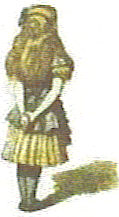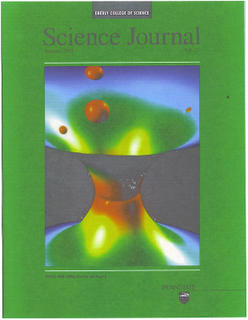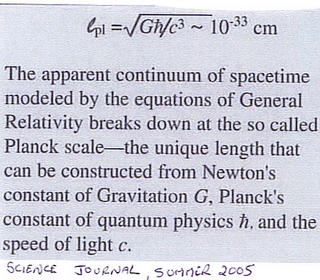A final aspect of beauty that was often cited by readers might be called "deep play". This is the sense that we are actively engaged with something outside ourselves that is responding to us - rather than watching a game of our own construction or watching nature from a detached distance.
I wanted to continue with the article above in my opening paragraph linked. What he called "deep play." Can it be called the "sensorium of exchange with reality" as others too, can measure it's "import to reason?" It emotively had to make sense first.
"Deep play doesn't have to do with an activity, like shallow play. It has to do with attitude or an extraordinarily intense state."-Dianne Ackerman
Can not such an idea would have enlisted even the genius to have found a way to relate to society whilst he had found intuitive moments peaking from the interplay of the "teacher and student" within themself. Engaging the world at a emotive level, whilst trying to find it's meaning about arches and Raphael mandalically placing Plato and Aristotle most centre the larger circle?
Consciousness emerges when this primordial story-the story of a object causally changing the state of the body-can be told using the universal nonverbal vocabulary of body signals. The apparent self emerges as the feeling of a feeling. When the story is first told, spontaneously, without it ever being requested, and furthermore after that when the story is repeated, knowledge about hwat the organism is living through automatically emerges as the answer to a question never asked. From that moment on, we begin to know.
Pg 31, The Feeling of What Happens, by Antonio Damasio
The "toposense" between the subjective world and the objective world. As a painting, or a "schematic," to reveal this relationship which is deeply ingrained in each of us. We just lacked the explanation of it?
.jpg) Thomas Young, English scientist 1773-1829
Thomas Young, English scientist 1773-1829Vision and colour theory: Young has also been called the founder of physiological optics. In 1793 he explained the mode in which the eye accommodates itself to vision at different distances as depending on change of the curvature of the crystalline lens; in 1801 he was the first to describe astigmatism; and in his Lectures he presented the hypothesis, afterwards developed by Hermann von Helmholtz, that colour perception depends on the presence in the retina of three kinds of nerve fibres which respond respectively to red, green and violet light. This theory was experimentally proven in 1959.
Some how one can have these thoughts about things "being subjective" somehow misses the scientific validation process. Are you to strict? That it is somehow related to the "philosophical analysis" and somehow not worthy of the introspective history. To even include where such ideas can emerge from is preposterous? What did they build on? Resources, which can be drawn from the archived data and materials, to greatly enhance routes that have already been established.
Would you ignore one who had developed his perspective in relation to "symmetry" and not include it in one's analysis of what may be "beautiful" yet still evades our thinking about a supersymmetrical point? AS a scientist you may have quickly sideswipe any relatin to this yet I know scientists who might have said otherwise.
Only does it then make sense, when something is asymmetrically emerging from it? Discrete?
Beauty, Plato wrote, is not easy to define, but something that "slips through and evades us". For this reason, many logic-oriented philosophical approaches tend to divorce and even oppose truth and beauty. "The question of truth", wrote logician Gottlob Frege in one of his most influential works, "would cause us to abandon aesthetic delight for an attitude of scientific investigation."See: The most beautiful experiment





